ANALYSIS: The intriguing design features on Aston Martin’s new AMR22

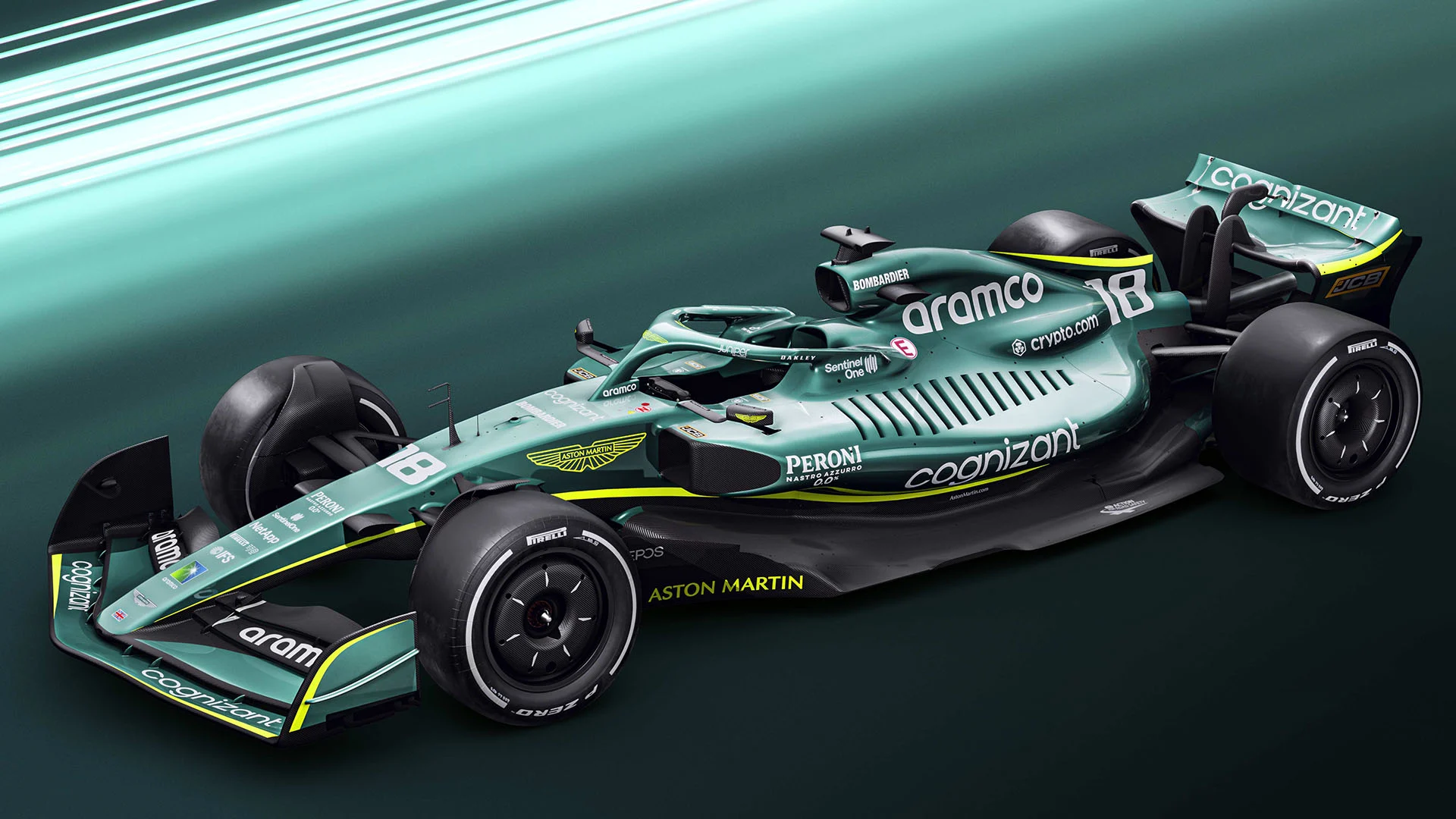
Aston Martin’s new AMR22 is the first actual real 2022 to be revealed, following the digital render of the Haas and the subsequent Red Bull livery reveal of a generic car.
The stark difference between the new Aston and the Haas (if we accept that the Haas images were formed from the real car) suggests that there is going to be a refreshing diversity of design among the field this year. This is in contrast to what had been widely expected from regulations which are more prescriptive than before.
READ MORE: Why 2022 is Aston Martin’s first real test
Wide top/narrow bottom
There is clearly a divergence of thought in how best to optimise the regulations at this early stage of their implementation, particularly around sidepod length, and Aston have clearly favoured a longer upper bodywork than the teardrop-shaped Haas.
Looked from above, the contrast between the two cars is especially stark, with the Aston’s bodywork retaining its width all the way back. However, what this view does not show is just how extreme the undercut is in the Aston Martin’s sidepod.
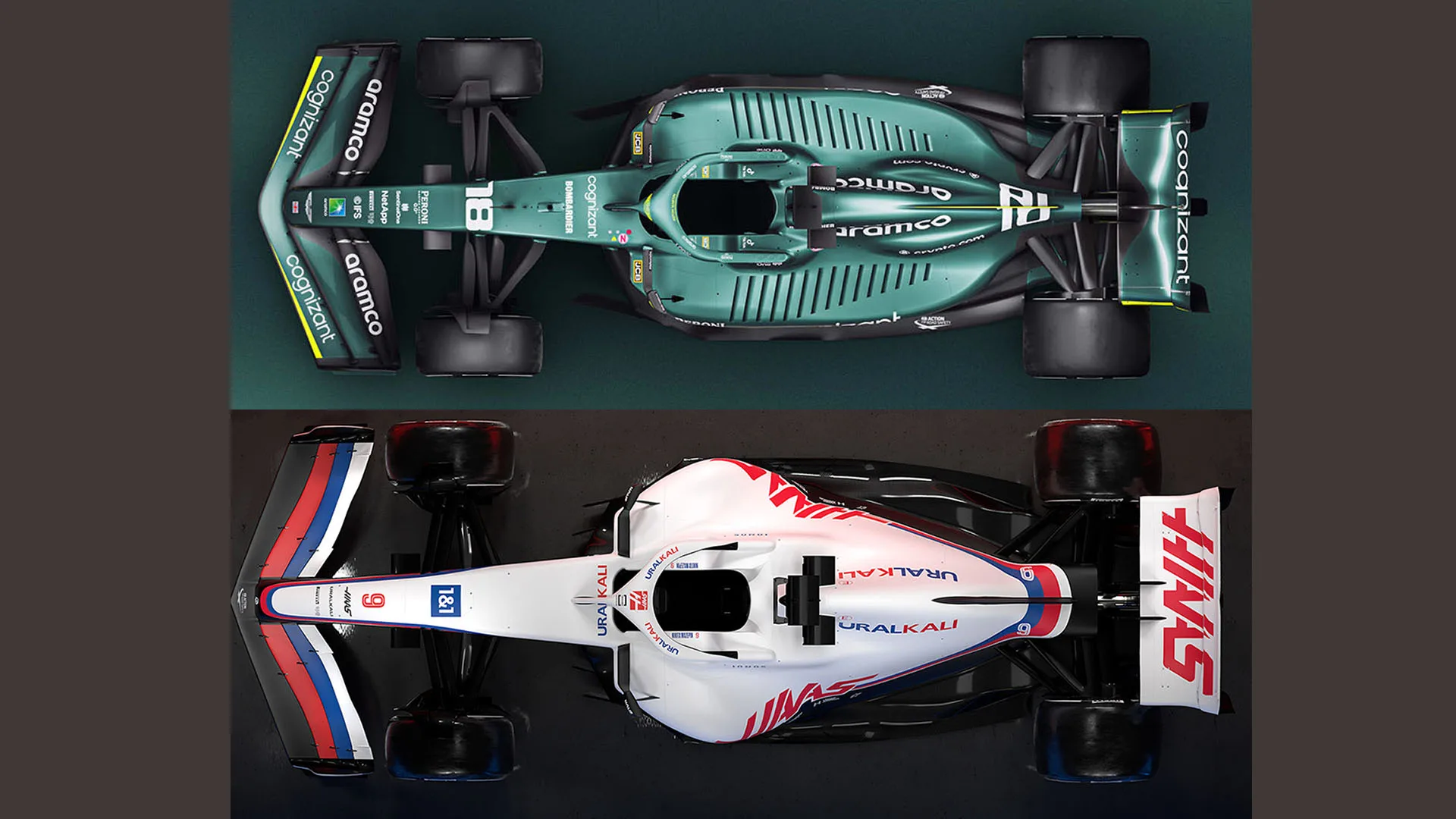
As can be seen from the profile perspective of the car, that scallopted-out section of the sidepods means that the lower bodywork is vastly slimmer than the upper.
The extensive louvres along the top of the Aston’s bodywork also suggest that the radiators in each sidepod are laid out horizontally just below. Which suggests that the whole cooling system has been lifted higher than in the Haas in order to create the extreme undercut below.
Double Floor
It effectively creates a ‘double floor’, such as was featured on the 2011 Toro Rosso and the 1992 Ferrari. So aside from the floor itself, there is a big exposed channel of upper floor along the length of the sidepods to the back where it converges over the tunnel exits. The leading edge of the floor even has two stacked throats, the lower one directing the air to the venturi tunnel inlets and the upper one for the channel down the side.
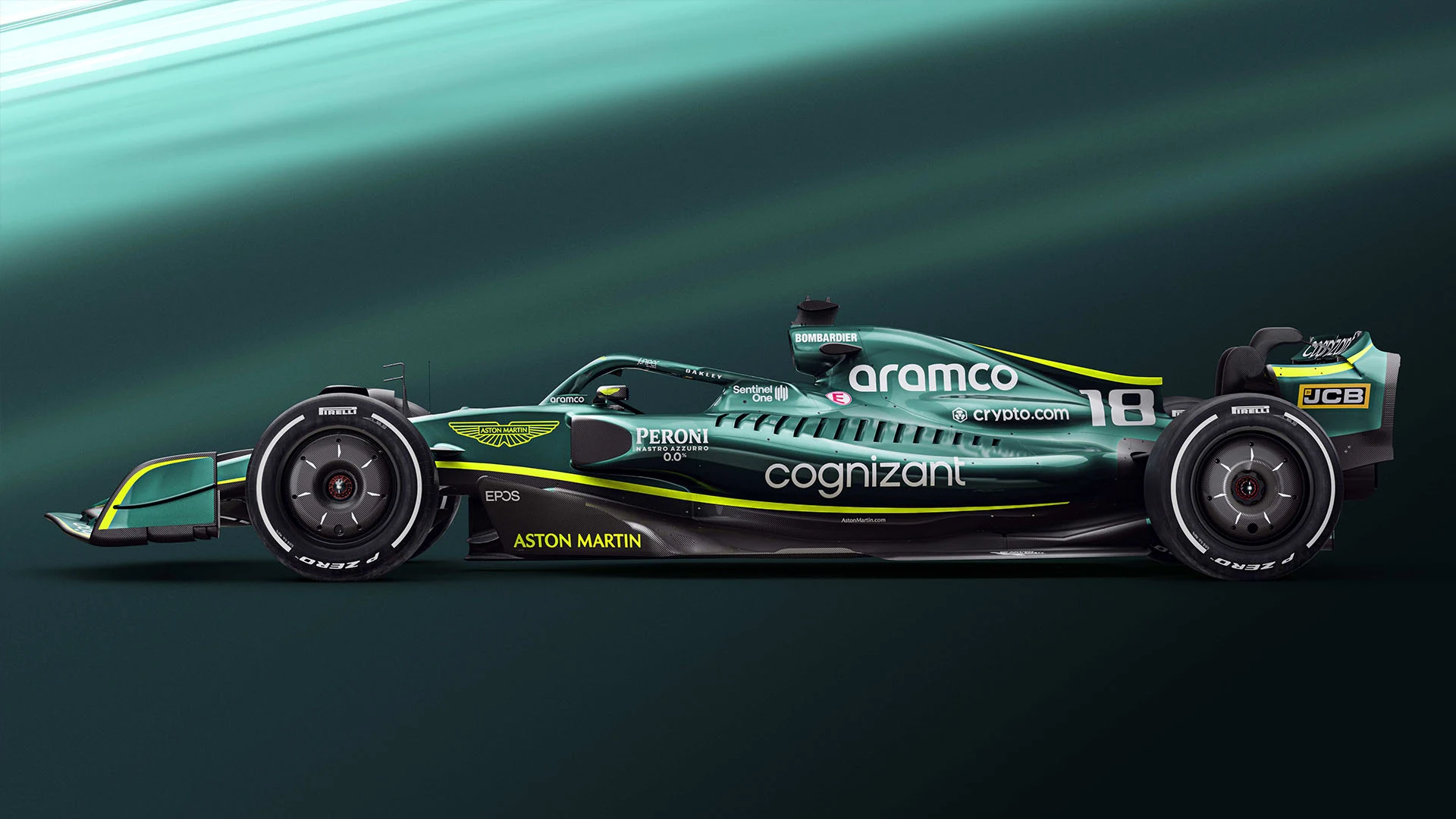
The ‘double floor’ idea is about trying to optimise the relationship between the airflow which flows beneath the car and that which travels down the sides, two airflows which meet at the exits of the venturi channels which generate the car’s ground effect downforce.
In the underbody, as the venturi tunnel ramps up at the rear, the expanding space creates a lower air pressure, which the air in the more constricted part of the tunnel further forward rushes to fill. The faster the airflow, the more downforce is created. The underbody ramp effectively increases the speed of the underfloor flow and therefore the downforce.
The air coming over the top of the tunnel’s ramp – which has travelled in the channels down the side of the car formed by the undercut sidepods – meets with the air exiting from the underfloor and draws upon it. The faster that air can be induced to travel down the channels, the more it will draw on the exit ramp, thereby further increasing downforce. There’s only so much airflow capacity to play with, so there is an optimum balance into how much goes to the underfloor and how much down the channels.
Typically, the double floor concept creates a lot of downforce at high speed but the optimum balance between the two key flows can be trickier to achieve at low speeds. It also brings with it the penalty of an increase in the centre of gravity height because of the lifting up of the cooling system to create the channels.

In contrast to the Haas, which appears to have most of its cooling apparatus squeezed into the front of the sidepods, the Aston’s is spread long and horizontal. Hence the very long and wide upper bodywork. This has implications in how far forward the power unit is sited within the wheelbase.
The Haas layout would allow a more forward placement of the engine and the length of the venturi tunnels can then be maximised by a long gearbox casing. That of the Aston implies a more rearwards-placed engine – as also implied by how far back the plenum blister in the engine cover is – and a shorter gearbox.
WATCH: Aston Martin unveil their new AMR22
In most other respects, the Aston is quite conventional, with a push-rod front/pull-rod rear suspension, just as all F1 cars of the last few years have featured. There is a four-element front wing with less extreme cambering than seen on the Haas (though both may well change by the time they appear in testing) and a double element beam wing rather than the single of the Haas.
The first two designs to be revealed certainly promise a visually diverse field. Whether they achieve similar lap times, we’ll have to wait to find out.
Everything you need for the 2022 Formula 1 season
DIARY DATES: The 2022 F1 calendar and F1 car launch schedule
WATCH: Everything you need to know about the new 2022 F1 car
2022 F1 GRID – All the drivers and teams racing this season
10 things every Formula 1 fan should be excited for in 2022
5 bold predictions for the 2022 season – but how many will come true?
Next Up
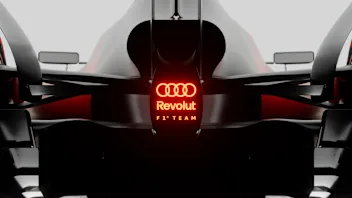
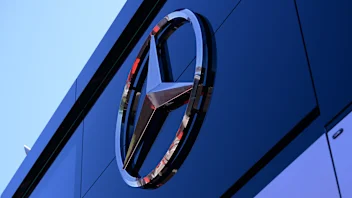

.webp)

.webp)